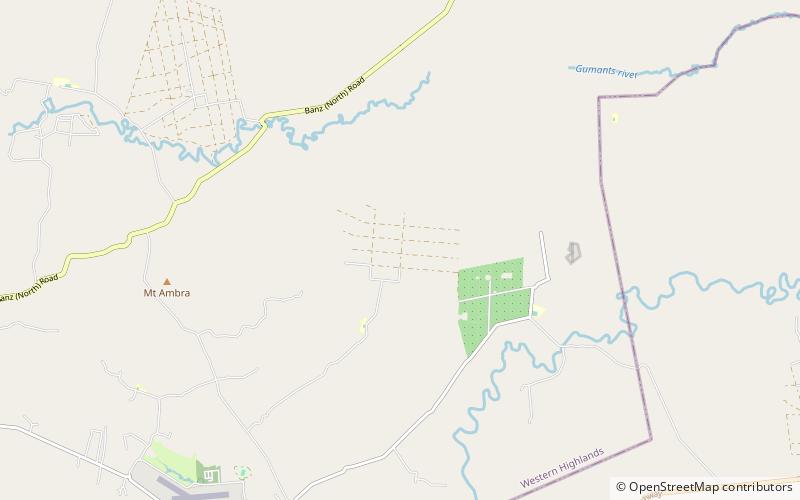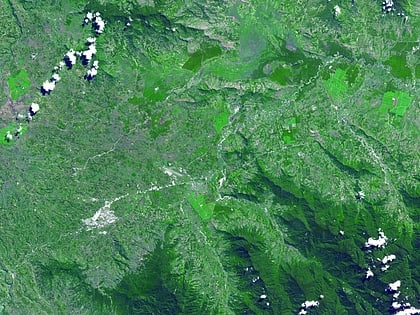Kuk


Facts and practical information
Nestled within the lush landscapes of Papua New Guinea lies Kuk, an archaeological site of profound historical significance. This ancient area, recognized for its rich archaeological deposits, provides a window into the agricultural practices that shaped human civilization in the region.
Kuk is acknowledged as one of the key sites for understanding the transition from foraging to farming in the highlands of New Guinea. The evidence unearthed here suggests that systematic agriculture, including the cultivation of crops such as taro and banana, may have been practiced as early as 10,000 years ago, predating many Old World agricultural systems.
The site offers a rare glimpse into early agricultural innovation, including drainage systems and evidence of early land modifications to support crop growth. These findings challenge traditional narratives of agricultural development and highlight the independent origins of agriculture in different parts of the world.
Due to its exceptional archaeological value, Kuk has been designated as a UNESCO World Heritage Site, underscoring its importance not only to Papua New Guinea but also to the broader understanding of human history and the development of agriculture.
Western Highlands
